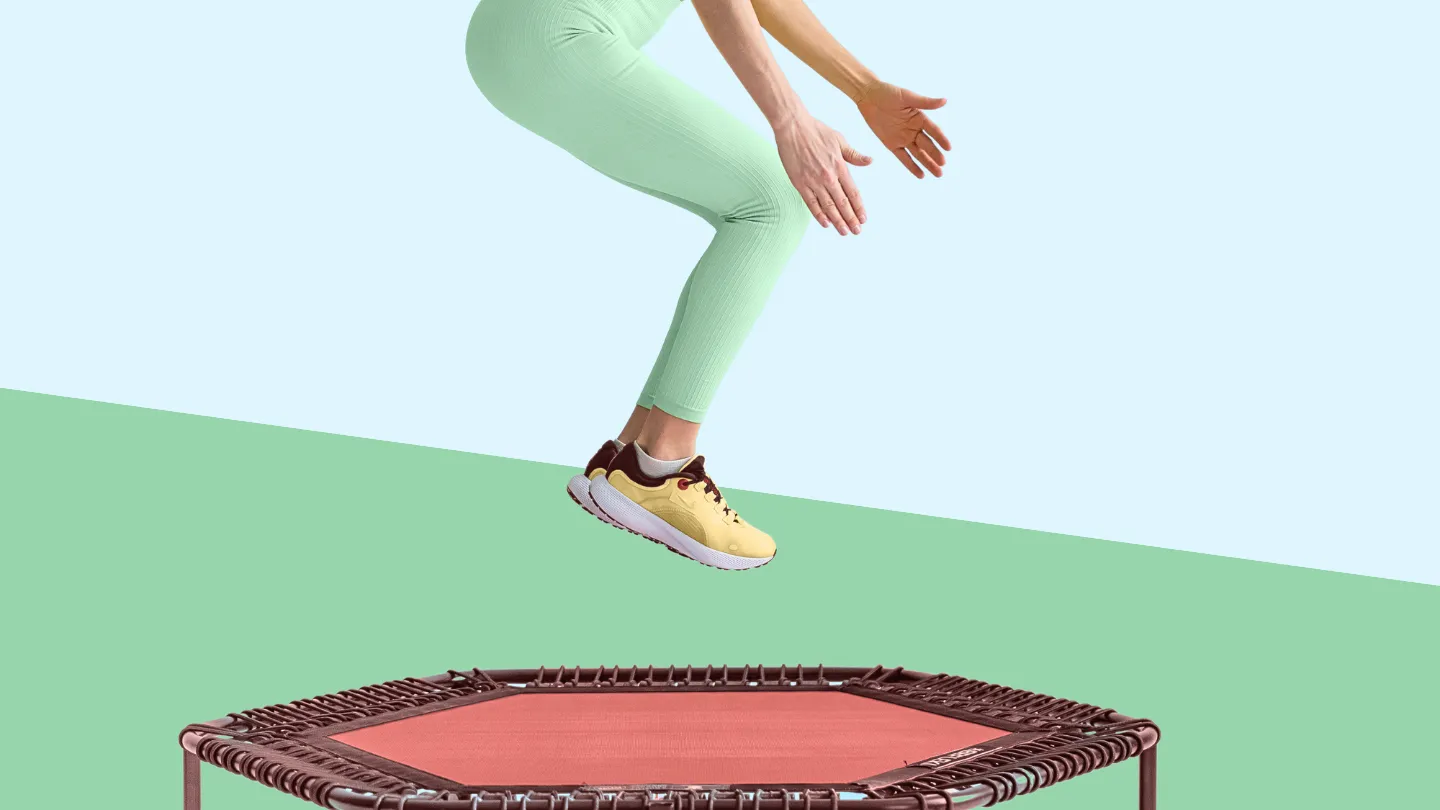3. Combine Yoga With Other Treatments to Feel Even Better
“Eastern traditions such as yoga have a wonderful antidepressant effect in that they improve flexibility; involve mindfulness, which breaks up repetitive negative thoughts; increase strength; make you aware of your breathing; improve balance; and contain a meditative component,” says Norman E. Rosenthal, MD, a clinical professor of psychiatry at the Georgetown University School of Medicine in Washington, DC.
Dr. Rosenthal suggests starting with a yoga class in your area so you can be sure that you’re doing the movements and poses properly. Group yoga offers social benefits, too, Hafeez adds.
4. Relieve Stress With Graceful Tai Chi Moves
Practicing tai chi in a group setting may also play a role in depression relief. “A group class can reinforce a sense of autonomy and connectedness with others. You can also develop a social support network in an exercise class that you might not form when exercising alone,” says Hafeez.
5. Walk Regularly to Help Ease the Blues
Simply putting one foot in front of the other may be the trick to feeling better — that’s because walking is an aerobic exercise that’s suited for almost everyone. All it takes is a pair of comfortable, supportive shoes, and you’re ready to go.
“Practical wisdom suggests that doing something is better than doing nothing in terms of physical activity,” says Dr. Muzina. If depression has made you sedentary, start off slowly and gradually increase time and distance, he advises.
Hafeez agrees. “If you set too high of expectations, you may self-blame and feel guilty if you don’t meet those expectations. Set expectations that are realistic, such as going on a five-minute walk,” she explains.
6. Get a Healthy Dose of Sunlight With Outdoor Activities
“Choose whatever [outdoor activity] works for you, depending on your functioning level, energy, and preferences,” says Shoshana Bennett, PhD, a clinical psychologist based in Los Angeles.
7. Break Out of a Funk by Bouncing
Having a hard time finding an exercise you enjoy? One simple strategy is to bounce. Jumping on a mini trampoline, also known as a rebounder, is a fun way to work your cardiovascular system without taxing your joints.
“You don’t need to jump, but bend your knees and bounce as quickly as you can for a few minutes,” says Dr. Bennett. “This is an easy way to oxygenate your brain and get some endorphins flowing.”
Like other forms of aerobic exercise, bouncing on a trampoline can help your brain release serotonin as well as oxytocin (another mood-boosting brain chemical), Hafeez says.
“The spike in neurochemicals will give the feeling of being happy and help with depression,” Hafeez says. Rebounding exercises also increase blood flow to muscles, loosen overused muscles, help you relax, and promote better sleeping patterns, Hafeez adds.
How to Get Started With Exercise for Depression
But for people with depression, starting an exercise routine may not be easy. “It can be more difficult for people with depression to exercise because depression can reduce energy, cause body aches, increase pain perception, and disrupt sleep, resulting in less motivation to exercise,” says Hafeez.
Her recommendation is to start with five minutes a day of walking or any form of movement like yoga or tai chi. As you get into shape, you’ll begin to look forward to these relaxing breaks in your day and enjoy it more and more. “Five minutes of activity will become 10, 10 will become 15, etc.,” Hafeez says.
The Takeaway
- Ample research has shown that, while not a cure-all for depression, exercise can help reduce depressive symptoms.
- Research suggests that activities like running and walking, as well as strength training, yoga, and tai chi, can all help to alleviate depression symptoms when practiced regularly.
- Starting small and gradually increasing the length of time spent exercising can make getting started more manageable.
Read the full article here




